What about TLER?
TLER is a firmware feature that basically allows you to limit the time a drive is allowed to recover damaged sectors. This is important in RAID environments because a disk stuck on a sector repair will be branded as malfunctioning and dropped from the RAID. Your RAID array will become “degraded” and from that point on it requires a “rebuild”. Since those can last over 24 hours that is not a lot of fun… For a regular stand-alone disk you do not need, or even want, TLER because it will actually reduce the chance of recovering damaged sectors.
Around 2004 the ability for regular drives to support TLER was removed from the firmware. This created a new brand of “enterprise”, “nas” and “raid” drives that still have TLER support. This drive received the “archive” lable and therefore does not come with TLER support. If this is a deal breaker because you were planning on using a RAID 5 array then you should reconsider because RAID 5 stopped being useful around 2009.
As the ZDNET article explains, all drives have an unrecoverable read error rate (URE). This is usually 10^14 which means once every 100.000.000.000.000 bits the disk will be unable to read a sector. This amount of bytes equals 12 TB. So if you are using a raid 5 array of 4x 3 TB drives you are already in trouble. By definition you will encounter that read error and your RAID 5 rebuilt will halt. The machine will show that it is unable to read the raid array. You could lose the data you thought was protected.
Nowadays we have a better alternative called ZFS but with requirements such as 8 GB ram that is not for everyone. Instead using these drive I recommend considering a raid 1 array (cloning). With mirroring you don’t really need TLER. Even if your drive is dropped/degraded then it will still contain ALL your data. Additionally cloning to another disk is a sequential operation and will therefore be handled efficiently by SMR. From disk-to-disk averaging 150 MB/s is not impossible. This equals roughly 540 GB per hour. The low cost per GB and low cost per watt make throwing away 8 TB for redundancy less problematic then it sounds.
Conclusion
Seagate has created an amazing product with its Archive HDD 8 TB. They managed to create an affordable drive with enormous capacity that is equipped with the latest technology. It is more power efficient, access times are greatly reduced and it is very good at dealing with random writes. Especially now that the Operating System SSD is main stream you should consider using an Archive HDD to store your big data and games. It will also be a nice addition to your NAS. Just make sure you are not using complex RAID arrays, because this drive is terrible at rebuilding and re-silvering.
I will personally be using this drive in my NAS to store my video library.


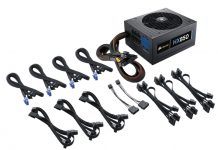
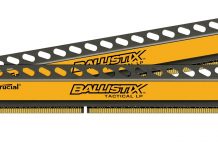
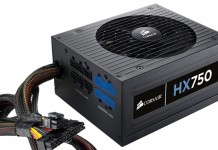

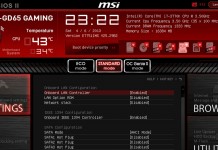
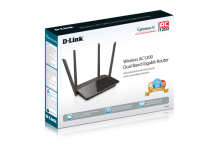
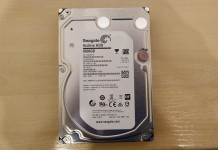
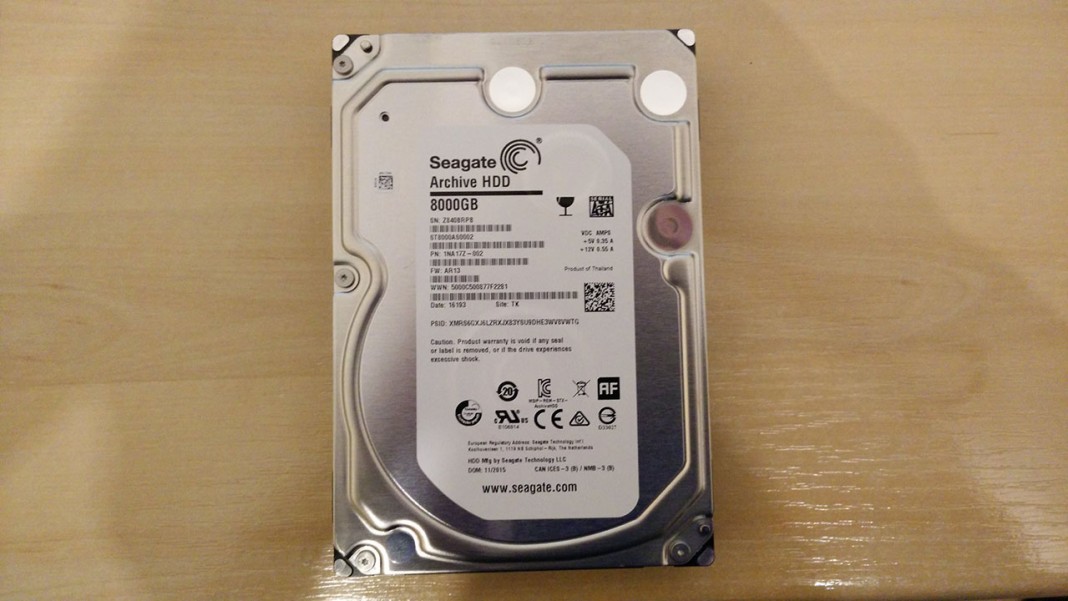

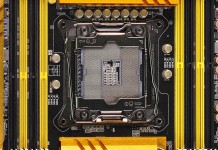

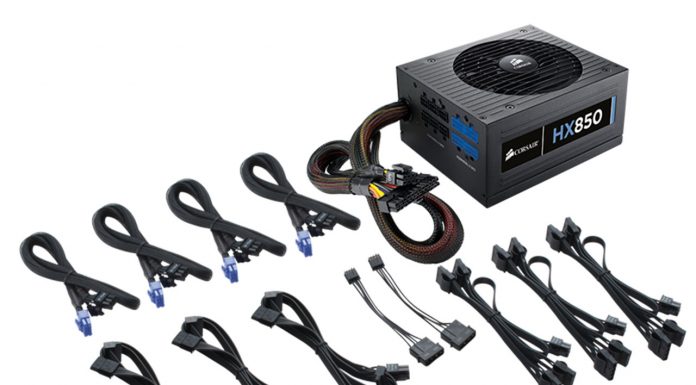





Comments: